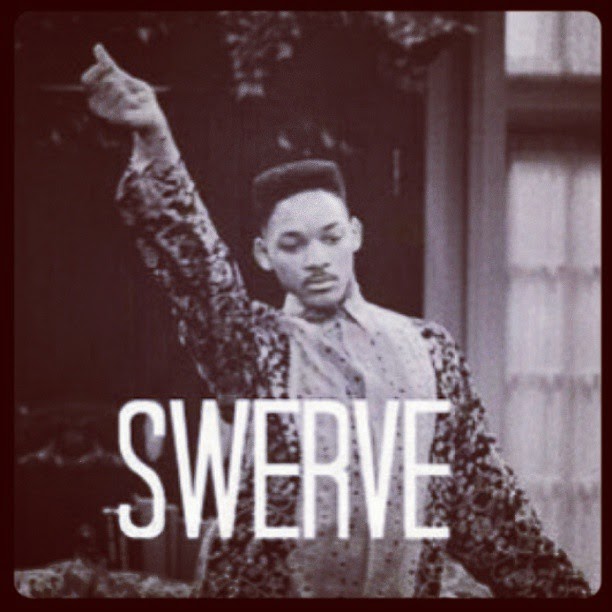Although it was 6 years in the past, the 2008 "My Truck" Chevy commercial is a prime example of advertising techniques that companies use in order to sell their product. Whether it be an appeal to tradition, the utilization of devices that evoke patriotism, or making an emotional connection with the audience, these are all some of the many ways that Chevy tries to sell its truck in the commercial.
The commercial starts off with a man standing in a field, accompanied by some of his working dogs and in the background there are big, snow-capped mountains as well as hills. This scenery sets the very typical country, hard-working-honest-American tone. The audience thinks, "Wow, what a guy. He probably has calloused hands and that means I can trust him." The man seems genuine in his talk about enjoying the adventures that life takes you on. Soon after, the song "Our Country" starts playing, further adding onto the whole country/ working American vibe of the commercial and adds a taste of patriotism.
Next, the commercial switches to an African-American man talking about how he really values the days where he can help move people from shelters, to permanent housing by way of his Chevy Silverado. Although it is a small change, the incorporation of an African-American man fosters this idea of diversity, this idea of, "Hm, this truck isn't only meant for Caucasian countrymen, but it also suits middle-aged Black men." It opens up the broadcasting to another group of people, another demographic in order to draw in more customers.

After this, a Rodeo Announcer shows up and makes claims regarding the reliability of his truck. The fact that he's a Rodeo Announcer yet again adds onto this broadening of the audience. First it's just some working countryman, then an African-American social worker, and next a Rodeo Announcer, so it makes the viewers feel as though this truck is meant for anyone and everyone. One interesting point, however, is that the Rodeo Announcer wasn't even shown driving his truck. The closest relation he had with the truck was merely closing the tailgate of it. Other than that, it was just a piece of the background.
Further opening the audience is the integration of a firefighter and his experience with his truck. He talks about how his truck started up despite the fact that much of it was melted and singed from a fire. Apparently the fact that it still ran perfectly fine inspired him and the rest of his fire fighter buddies to not give up on what they were doing, this made them feel "If that truck can keep going, then we could all keep going." The use of an instance such as this creates a deeper, more humanitarian feeling. It makes the audience recognize that, "Hey, he's an average person like me and I can relate because sometimes I too need a pick-me-up."
Following, are two more men that begin to take a shift to a traditional appeal and really emphasize the reliability, as well as longevity, of the truck. The first is an elderly man saying how he has had his truck for over thirty years, and it has racked more than 2,000,000 total miles of driving. The usage of this old man and his truck omits a sense of, "Wow, such a long time and it's still running fine." Lastly, there's a Hispanic man that mentions how his grandfather owned a Chevy, his father owned a Chevy, and then he himself eventually owned a Chevy. This highlights the idea of following the tradition of your family, or in other words, as we've learned, appeals to tradition.
In addition there is about two seconds of narration in a manly voice to instill that sense masculinity, that "You're a man if you buy this bulky hunk of metal."
Overall, prominent in this piece of advertisement was the encompassing of various types of people with the same truck, as well as emphasis on how long lasting and reliable it is.
Link for the commercial:
https://www.youtube.com/watch?v=qriNbVCIsow
Until next time, and if I don't see ya, good afternoon, good evening, and good night!






